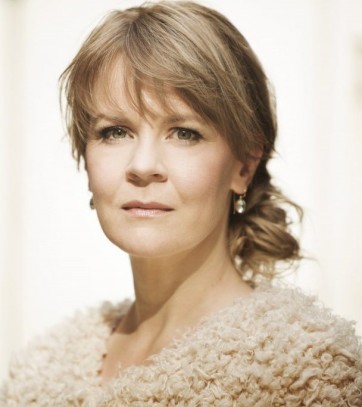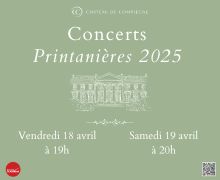Plus de détails
Helsinki. Helsinki Music Centre. 20-IV-2018. Gustav Mahler (1860-1911): Symphony No. 9; Helsinki Philharmonic Orchestra, conductor: Susanna Mälkki.
 Susanna Mälkki's take on Mahler's final completed masterpiece focused on tight control coupled with clear, unsentimental intensity.
Susanna Mälkki's take on Mahler's final completed masterpiece focused on tight control coupled with clear, unsentimental intensity.
Nearing the end of her second year as music director of the Helsinki Philharmonic Orchestra, Susanna Mälkki has explored a broad range of repertoire, from warhorses to challenging contemporary fare. Mahler's Symphony No. 9 is one of the great monuments of the symphonic literature, and the work's forbidding technical and emotional challenges are the ideal vehicle to display the relationship the Mälkki has built with her hometown band.
The opening pages of the epic first movement were characterized with not only a great expansiveness but also a deep serenity, perhaps to emphasize the contrast with the upcoming battle with fate. While Mälkki seemed to take care to not push the climaxes over the edge, there was nevertheless a cool-headed intensity throughout. Mälkki's direction provided clear guidance through Mahler's dense contrapuntal forests, but also brought stunning clarity and expectation to the many chamber music-like episodes.
Mälkki chose a rather brisk opening tempo for the following Ländler movement. The entrance of the violins felt sharp and almost jagged, as opposed to the heavy-footed and somewhat clumsy approach preferred by some interpreters. To ensure contrast with the opening tempo, Mälkki took the second tempo at quite a clip, but this never sounded rushed. The rush to the movement's coda felt more like a nimble dash rather than a delirious frenzy.
The third movement also felt somewhat fast, but a sense of control was always present. Mälkki even managed to find some sway in the music, but also didn't forget the rude and bitter aspects of this movement (Mahler's woodwind writing in particular). Mälkki gave the Helsinki Philharmonic license to really let loose in the final dash at the movement's end, while keeping her hands firmly on the reigns.
The opening pages of the final movement felt content and satisfied rather than strained and yearning, at least initially. Following the first minor-key interlude Mälkki turned the heat up, bringing out some of the most overtly impassioned playing of the evening. In addition to this added urgency, there was also an increased sense of deliberateness. The magical final pages were perhaps the evening's highlight: the impossibly hushed pianissimos accompanied with not only a sense of timelessness but also great expectation.
Given Mälkki's penchant for clarity and directness, it was perhaps not surprising that Mälkki's take on Mahler's final completed masterpiece focused on tight control coupled with clear, unsentimental intensity. While this might not have been to everyone's tastes (particularly those who like their Mahler hyper-romantic), this evening's performance was an ideal showcase for Mälkki's interpretive vision and the commitment of the Helsinki Philharmonic.
Credit photo: Susanna Mälkki © Simon Fowler
Plus de détails
Helsinki. Helsinki Music Centre. 20-IV-2018. Gustav Mahler (1860-1911): Symphony No. 9; Helsinki Philharmonic Orchestra, conductor: Susanna Mälkki.









